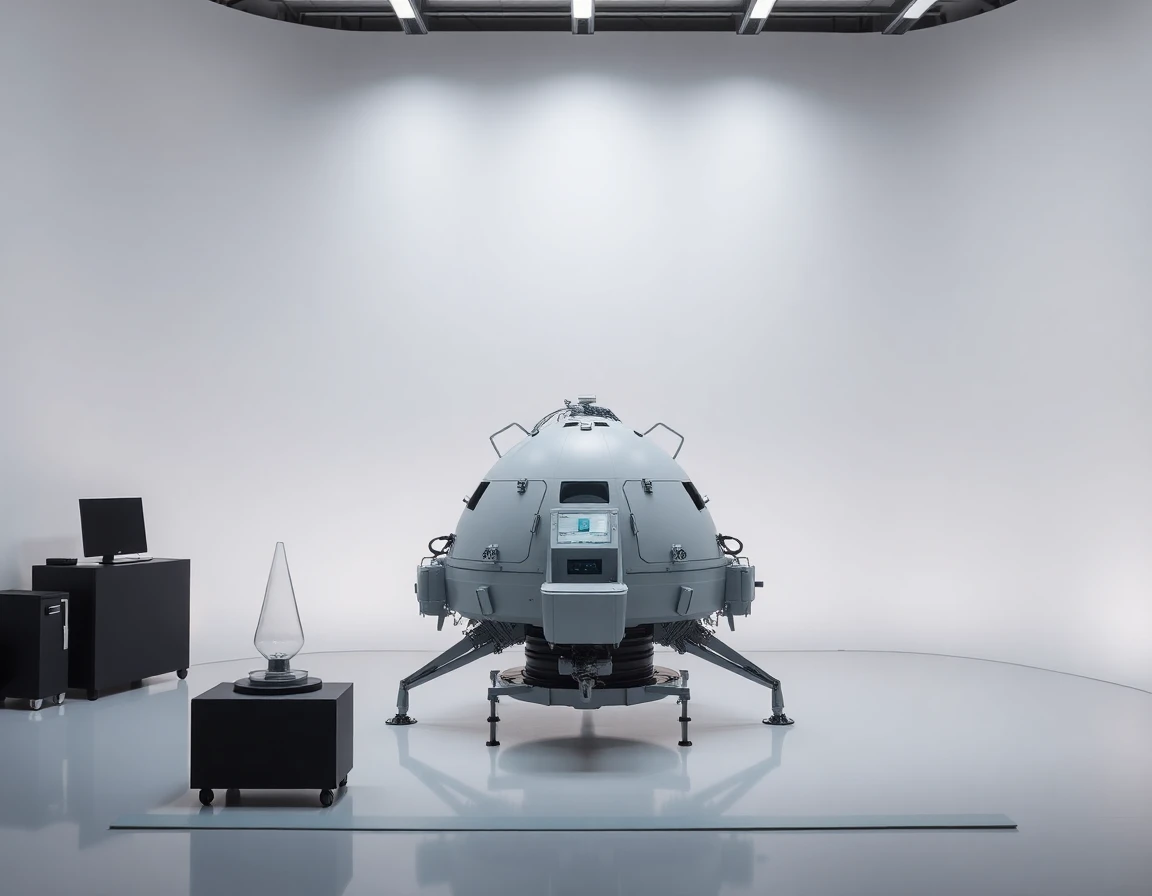Introduction to the Artemis II Lunar Mission
The Artemis II lunar mission represents a significant milestone in NASA’s ambitious plan for lunar exploration. Scheduled for launch in 2024, this mission is designed to take crewed astronauts on a journey around the Moon, setting the stage for sustainable human presence on the lunar surface and beyond.
Overview of the Mission Objectives
The primary objective of the Artemis II lunar mission is to test the Orion spacecraft’s life support systems and demonstrate its ability to support a crew during a lunar flyby. This mission will mark the first time astronauts will travel aboard the Orion spacecraft, which is equipped with state-of-the-art technology to ensure their safety and success.
Key Technical Specifications of Orion
The Orion spacecraft is a cutting-edge vehicle designed for deep-space missions. Key specifications include:
- Launch Vehicle: Space Launch System (SLS), which boasts a height of 322 feet and generates 8.8 million pounds of thrust.
- Crew Capacity: Designed to carry four astronauts for missions lasting up to 21 days.
- Life Support Systems: Advanced systems to provide oxygen, manage carbon dioxide levels, and ensure the well-being of the crew during their journey.
The Role of the Space Launch System (SLS)
The Artemis II lunar mission will utilize NASA’s Space Launch System (SLS), the most powerful rocket ever built. Its ability to lift heavy payloads into orbit is crucial for supporting future Artemis missions, including Artemis III, which aims to land astronauts on the lunar South Pole. The SLS is equipped with four RS-25 engines and two solid rocket boosters, allowing it to deliver Orion beyond low Earth orbit (LEO).
Crew and Training for Artemis II
NASA has selected a diverse crew for the Artemis II lunar mission, which includes experienced astronauts and newcomers. The crew will undergo rigorous training, including simulations of various mission scenarios. Astronaut [insert name], a veteran of multiple spaceflights, stated, “This mission is not just a journey around the Moon; it’s a testament to human resilience and our desire to explore the unknown.”
The Importance of International Collaboration
The Artemis II lunar mission also highlights the importance of international collaboration in space exploration. NASA has partnered with space agencies from around the world, including the European Space Agency (ESA), which has contributed the European Service Module (ESM) for the Orion spacecraft. The ESM provides essential power, propulsion, and thermal control, showcasing how global partnerships can enhance mission capabilities.
Industry Context and Future Implications
The Artemis II lunar mission is not just a step forward for NASA but also has profound implications for the aerospace industry. The mission is expected to drive innovation in space technology, from propulsion systems to habitat design, as various contractors and suppliers contribute to the Artemis program.
Economic Impact and Technological Advancements
As the Artemis II lunar mission approaches, it is anticipated that the economic impact on the aerospace sector will be significant. Companies involved in the production of spacecraft components, such as Boeing and Lockheed Martin, stand to benefit greatly. Additionally, advancements in technologies such as in-situ resource utilization (ISRU) will be critical for future missions that aim to establish a sustainable human presence on the Moon.
Looking Ahead: The Future of Lunar Exploration
The Artemis II lunar mission is a precursor to more ambitious goals, including Mars exploration. The lessons learned from this mission will inform future human missions to Mars, enhancing our understanding of long-duration space travel and the potential for human habitation on other celestial bodies.
Expert Insight
Dr. [insert name], a leading expert in aerospace engineering, commented, “The Artemis II mission is a crucial step toward our long-term goals in space exploration. It will provide invaluable data on human factors in deep-space travel, paving the way for future missions not just to the Moon but to Mars and beyond.”
Conclusion
In conclusion, the Artemis II lunar mission stands as a testament to human ingenuity and collaboration in the quest for knowledge beyond our planet. As NASA prepares for this groundbreaking mission, the aerospace community watches closely, eager to witness the next chapter in humanity’s journey to the stars. With advanced technologies, international partnerships, and a focus on sustainability, the Artemis II mission could very well lead to a new era of exploration that extends far beyond the Moon.
Related Technologies
As we look forward to the Artemis II lunar mission, technologies like the Lunar Gateway, a planned space station in lunar orbit, and the development of the Lunar Terrain Vehicle (LTV) to support surface exploration are also in the spotlight. These technologies will play an integral role in ensuring the success of future lunar missions and enhancing our capabilities for deep space exploration.



